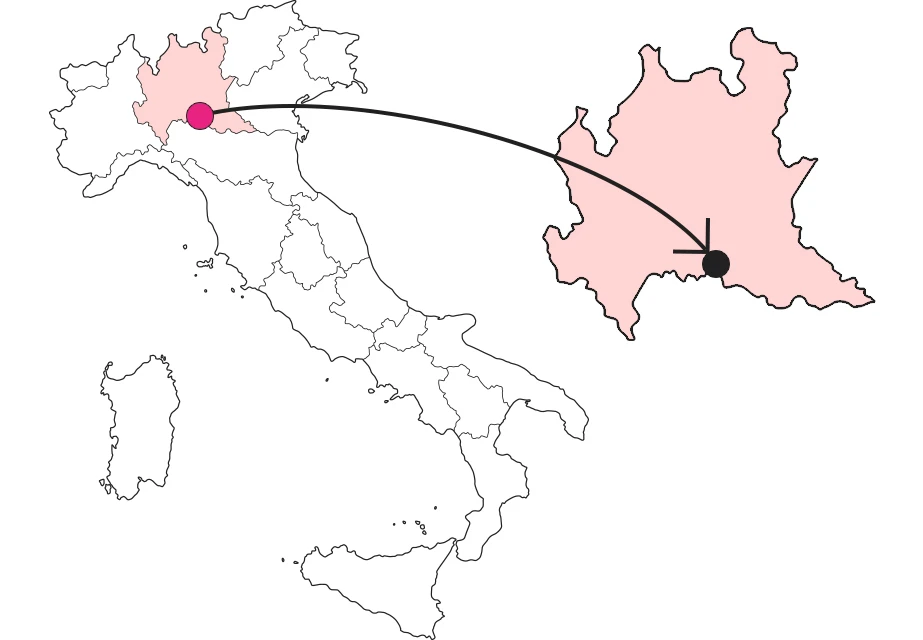SHARRYLAND


Santa Maria in Bressanoro, between Gothic and Renaissance
In the green Cremasque countryside, a terracotta church hides a wonderful cycle of frescoes.
Where is

What it is and where it is: a hidden gem
"Hidden" can really be said of the church of Santa Maria, isolated as it is, outside the village of Castelleone and very little signposted. When it suddenly appears, it is a real surprise: a large brick building (Lombard terracotta) of perfect proportions. It has a Greek-cross plan, a tall octagonal tiburium enclosing the dome, a gabled facade, and a small porch in front with three arches. As you get closer, the details appear: the rich terracotta decorations in hanging arches, the angels in the friezes on the pilasters, the very rich frame of the ogive portal, composed of five bands alternating puttini and tortiglioni.
A bit of history: between Gothic and Renaissance
It seems clear how the church stands right between Gothic and Renaissance. While maintaining the traditions of Lombard Gothic, the terracotta, the frieze, the gabled façade, the unknown architect of Bressanoro was well acquainted with the lessons of the Renaissance: in fact, the building recalls, for its plan, the work of Filarete who was working at that time in Milan, at the Ca' Granda and at the Castello tower.
Why it's special: the cycle of frescoes.
The interior is jaw-dropping: it is a triumph of frescoes that cover the drum of the church telling the stories of Christ's life, from the Annunciation to the Resurrection, culminating in a grandiose Crucifixion. We do not know the names of the artists, but we do know that they, too, were privy to the innovations of the Renaissance, even as they continued in the tradition of Courtly Gothic.
Don't miss: the praying angels and decorations
Attention is catalyzed by the frescoes, but the rich and elaborate terracotta decorations should not be overlooked: a band of praying angels runs throughout the central space, along the arches separating the chapels, and on the domes. On the pendentives are placed full-length terracotta angels. The decorations are attributed to an artist active in Lombardy at that time, Rinaldo De Stavolis, one of the most important Cremonese artists of the second half of the 15th century, who worked in the Certosa di Pavia and perhaps also in the Ca' Granda.
Curiosity: the origins of the church
The church was built by Bianca Maria Sforza, who had a summer residence in this countryside. It was Blessed Amadeo Menez da Sylva, a Spanish Jewish convert, who advocated its construction, but tradition has it that the church was the fulfillment of a vow made by Bianca Maria Sforza during the illness of her daughter Ippolita. Both are depicted under the Cross in the group of women, on the left, while on the right, on horseback, appears Ludovico il Moro. The small portico, apse and bell tower were added in the next century.
Enter the Map of Italy's Undiscovered Wonders and find treasures where you least expect it... Inspire, Recommend, Share...
Contact
Collections
Discover places and related research
The Map thanks:
Enter the Map of Italy's Undiscovered Wonders and find treasures where you least expect it... Inspire, Recommend, Share...
Where is

Contact
Collections
Discover places and related research






